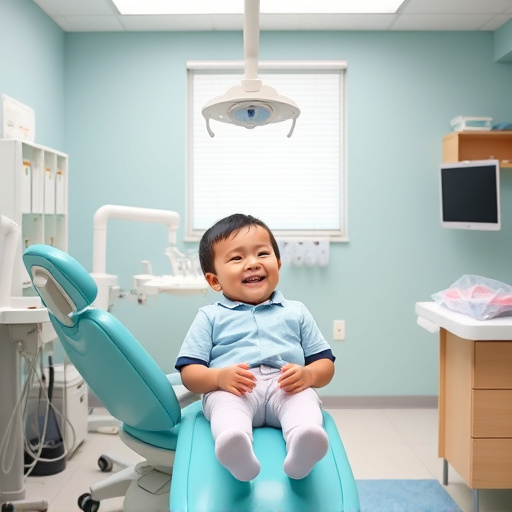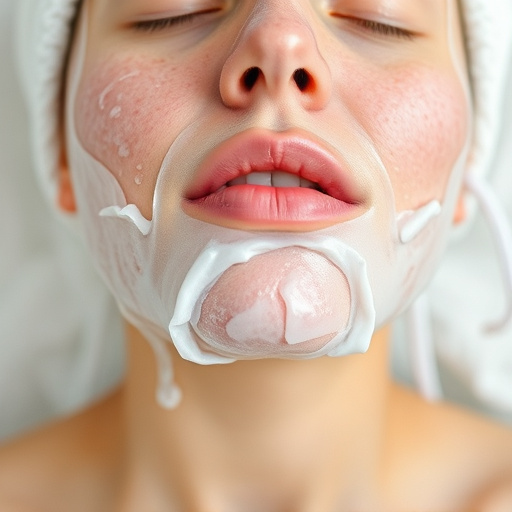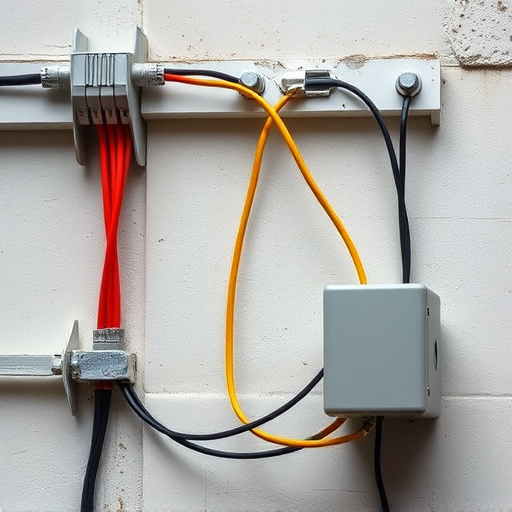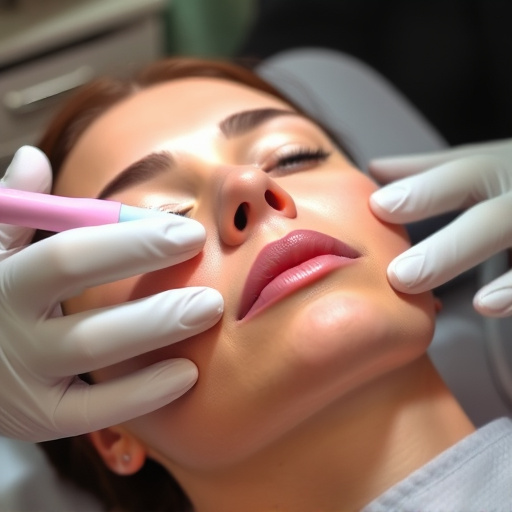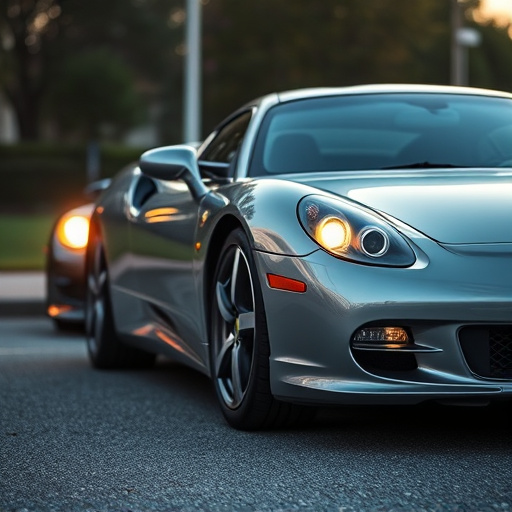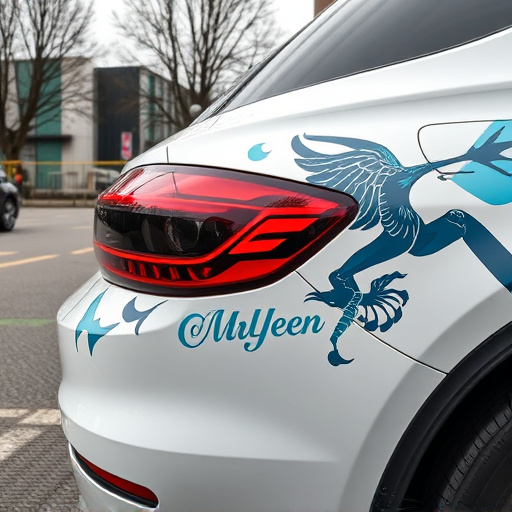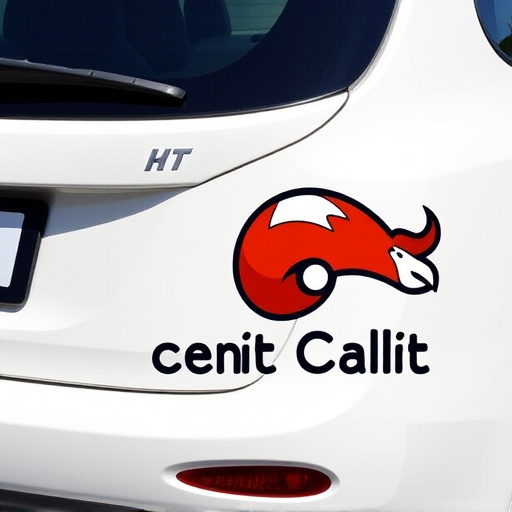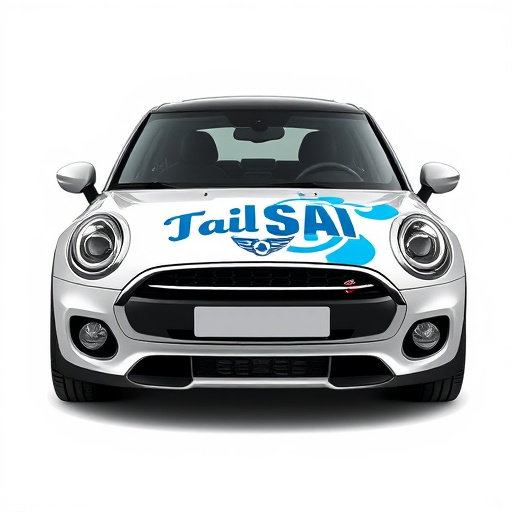Automotive window tint films degrade over time due to UV rays, heat, and wear, leading to yellowing, fading, cracking, or peeling. High-quality films and professional installation extend lifespan (3-10 years), which can be maintained through regular inspections every 3-5 years and proper care. Indications for replacement include bubbling, peeling, faded colors, visible scratches, or desired aesthetic updates. Properly maintained window tints enhance vehicle appearance, performance, and safety.
How often should you replace your car’s window tint? This question is essential for every vehicle owner. Automotive window tint films, while offering benefits like UV protection and privacy, degrade over time due to various factors. Understanding these degradation processes and the influences on tint lifespan can help you make informed decisions. By exploring key indicators and best practices, this article guides you through navigating when it’s time to replace your car’s window tints, ensuring optimal performance and safety.
- Understanding Automotive Window Tint Degradation
- Factors Affecting Tint Film Lifespan
- When to Replace Your Car's Window Tints
Understanding Automotive Window Tint Degradation
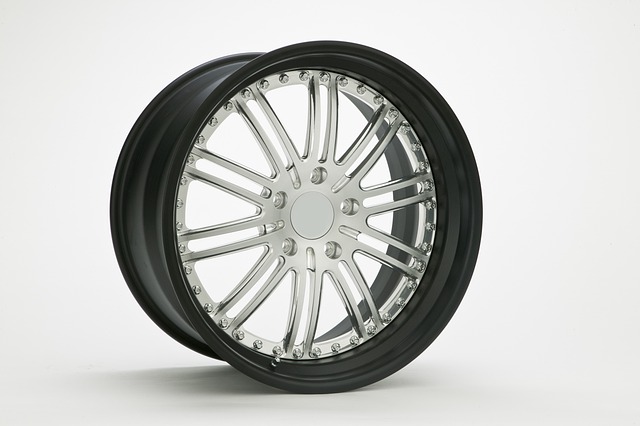
Automotive window tint films, over time, undergo a natural degradation process that can impact their effectiveness and appeal. This deterioration is primarily due to environmental factors such as UV rays from the sun, heat exposure, and general wear and tear. Initially, the film may start to yellow or lose its vibrant color, indicating an early sign of aging. As it progresses, the tint might become faded, cracked, or even peel away from the window surface. Moreover, the adhesive that secures the film can weaken, leading to bubbles or misalignments.
Regularly inspecting your automotive window tint is crucial. If you notice any signs of damage or degradation, especially within a few years of installation, it might be time for a replacement. Keeping up with maintenance and promptly addressing issues ensures not only optimal performance but also maintains the vehicle’s overall aesthetics, preventing the need for more extensive repairs or a complete paint correction process. Additionally, considering high-quality tint films and professional installation can significantly delay this degradation.
Factors Affecting Tint Film Lifespan

The lifespan of automotive window tint films can vary greatly due to several factors. One of the primary influences is exposure to sunlight and UV rays. The more a vehicle is exposed to direct sunlight, especially in regions with higher UV indices, the faster the tint film will degrade. Additionally, environmental conditions such as extreme temperatures, humidity, and pollution can accelerate the breakdown of the film.
Another significant factor is the quality of the tint film itself. High-quality automotive window tint films are designed to withstand harsh conditions better than their lower-grade counterparts. Regular maintenance, including proper cleaning and protection from scratches, also plays a crucial role in extending the lifespan of the tint. Car customization enthusiasts who frequently wash their vehicles or engage in paint correction and automotive detailing practices can expect their tinted windows to last longer, as these activities help maintain the integrity of the film beneath.
When to Replace Your Car's Window Tints

The lifespan of automotive window tint films can vary significantly depending on several factors, including the quality of the installation and the type of tint used. While some high-quality tint jobs can last for up to a decade, it’s generally recommended that you assess your car’s window tints every 3 to 5 years. Over time, the film can become faded, cracked, or pealed, leading to reduced visibility and effectiveness in blocking harmful UV rays.
Several signs indicate that it’s time to replace your car’s window tints. If you notice any bubbling, peeling, or cracking on the surface of the film, it’s a clear indication that the tint needs to be replaced. Additionally, if the colors have faded significantly or if there are visible scratches or damage, these issues not only affect aesthetics but also compromise the safety and security features offered by the tint. Custom graphics enthusiasts might also consider replacing their tints when they want to update their vehicle’s look with new designs or when the existing film starts to lose its appeal after several years. Remember, keeping your car’s window tints in good condition not only enhances its appearance but also ensures optimal performance and protection for your vehicle.
Automotive window tint films can last anywhere from 5 to 10 years, depending on factors like installation quality, exposure to UV rays, and regular washing. Regularly inspecting your tints for signs of fading, cracking, or peeling is crucial. If you notice any issues or if the performance seems diminished, it’s time to consider replacement to ensure optimal visibility, protection from harmful UV rays, and maintain your car’s aesthetic appeal.
